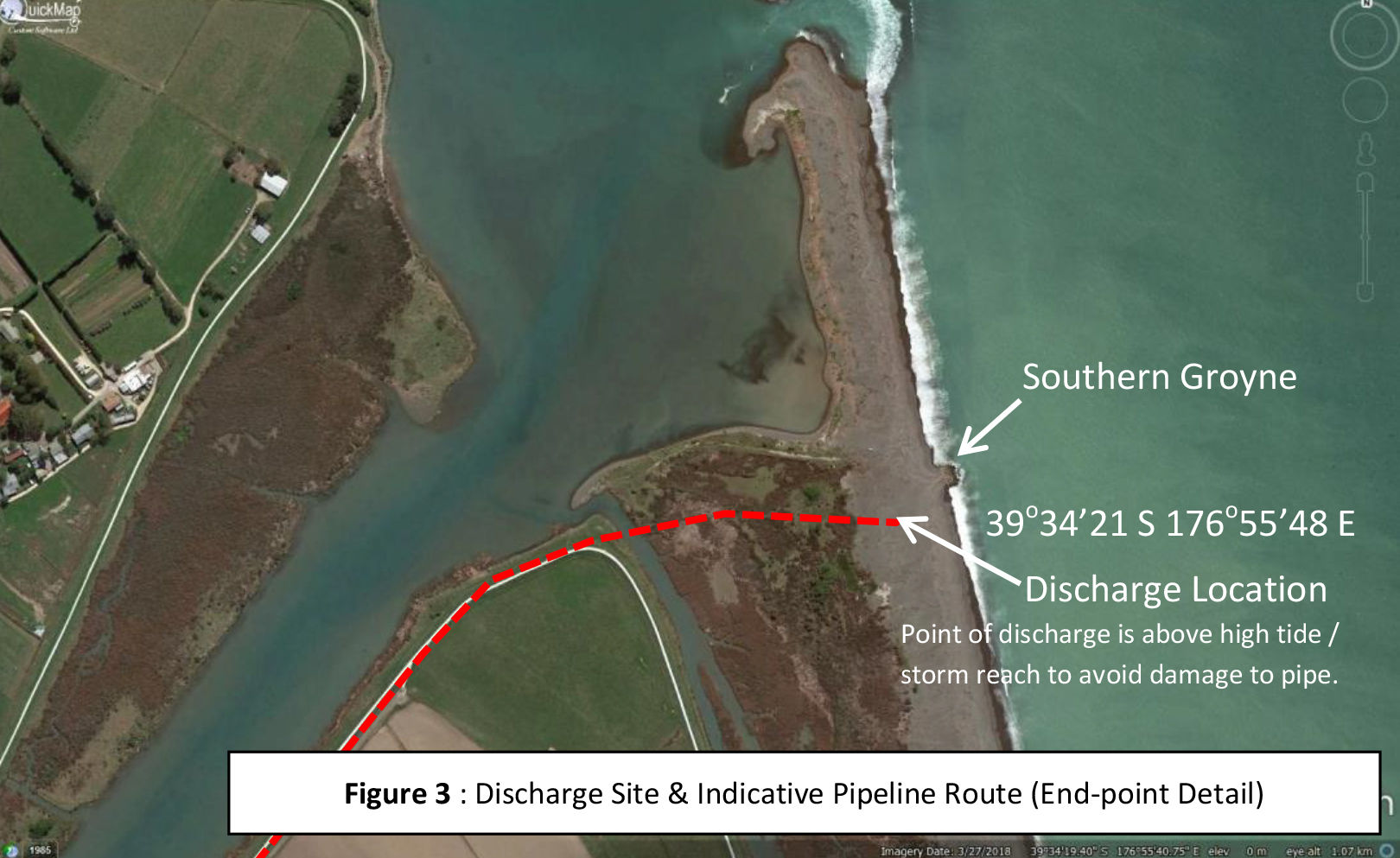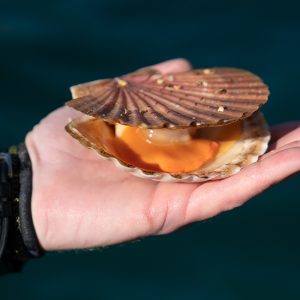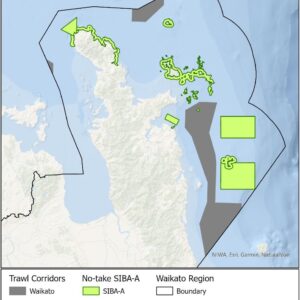LegaSea Hawke’s Bay has said an outright no to the proposal by their Regional Council to dump more than 50,000 cubic metres of dredge material onto the foreshore south of Napier.

Instead, LegaSea Hawke’s Bay is urging the Council to dispose of the Clive River dredgings on land. And they are not alone in advocating for a solution that will not add more sediment to the inshore marine environment. Local iwi and other groups have all submitted in favour of land disposal.
The marine environment is already stressed dealing with two major sewer outfalls and three major river systems all feeding into a small part of the Hawke Bay. In addition, there are two existing offshore dump sites for dredged material. If the Clive River dredgings are disposed of at sea that means there will be three dumping sites within 10 nautical miles.
LegaSea Hawke’s Bay says this level of dumping is unacceptable, especially when there are alternatives.
Within 10 years’ time the Regional Council expects to buy land to use as a disposal site the next time they dredge the Clive River. Our team is urging the Council to act now, by applying the Public Works Act to acquire interests in land to meet the needs of this current application.
A major concern is the cumulative effect of pumping the dredge material onto the foreshore. Wave actions and natural drift will ensure this material is picked up and taken maximum distance from its source. These fine sediments can easily overwhelm filter feeding fauna who are unable to escape its suffocating effects.
There is also the potential disturbance of spawning aquatic life. If spawning fishes are unable to tolerate the high sediment loads this could significantly impact sustainability of fish stocks in the area, especially the prized black flounder. For commercial and non-commercial fishing interests the risks associated with this proposal are simply unacceptable.
On a wider scale, the New Zealand Coastal Policy Statement obliges all councils to avoid or mitigate adverse effects on habitats that are important for recreational, commercial, traditional or cultural purposes.
In recent years the Hawke’s Bay Regional Council has been an active contributor to the Hawke’s Bay Research Roadmap, developed alongside LegaSea Hawke’s Bay and other members of the Hawke’s Bay Marine and Coastal Group. It is contradictory for the Council on the one hand to be promoting a strategy to mitigate the effects of siltation on the marine environment, and on the other hand proposing to dump up to 60,000 cubic metres of contaminated dredge material into the marine environment.
LegaSea Hawke’s Bay is in full support of the Regional Council dredging the Clive River so the community can once again enjoy the full benefits of a flowing river. Sports affected by the current state of the river include rowing, waka-ama, canoeing, water skiing, boating, swimming and fishing. The team is urging the Council to heed the community’s concerns and dispose of the dredged material on land and not on the foreshore.
Resources
Submission by LegaSea Hawke’s Bay in response to the proposal.
Application for resource consent, by the Hawke’s Bay Regional Council.





